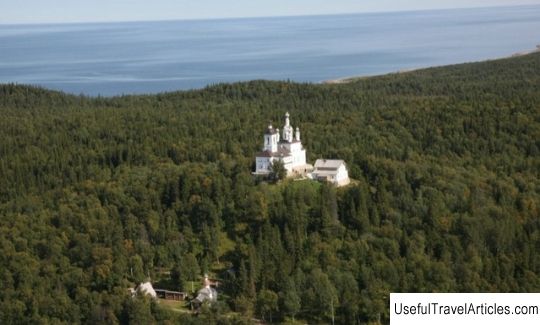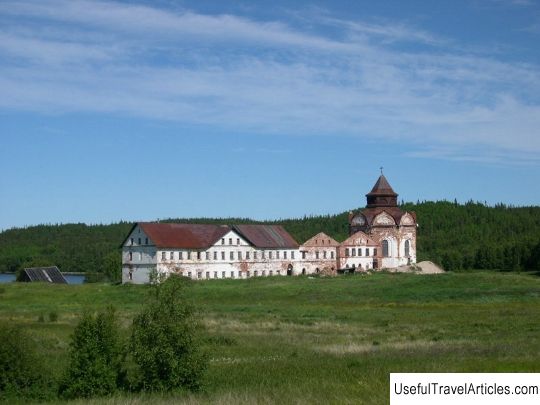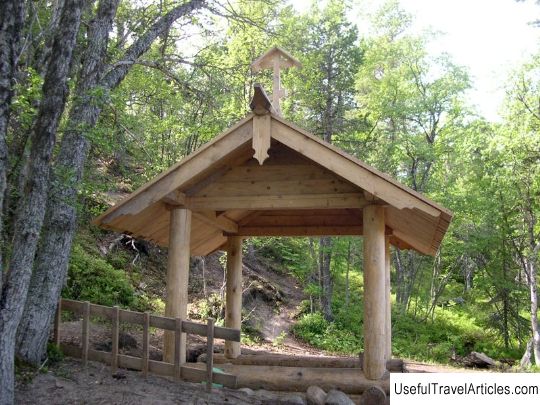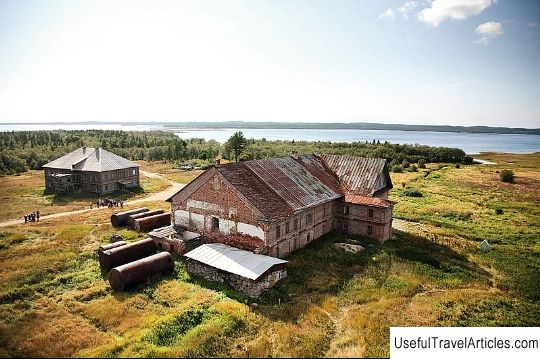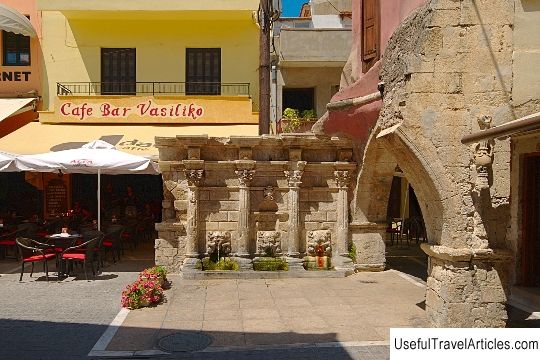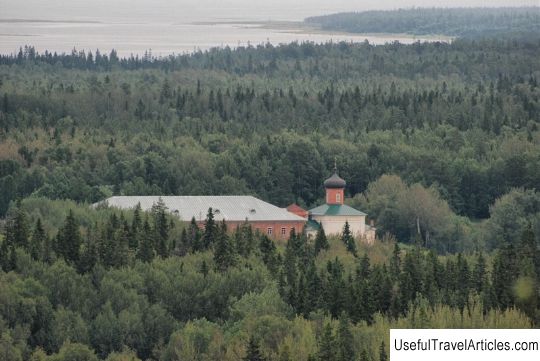Golgotha-Crucifixion hermitage description and photos - Russia - North-West: Solovetsky Islands
Rating: 7,9/10 (6544 votes) Golgotha-Crucifixion hermitage description and photos - Russia - North-West: Solovetsky Islands. Detailed information about the attraction. Description, photos and a map showing the nearest significant objects. Photo and descriptionThe Golgotha-Crucifixion Skete belongs to the Solovetsky Monastery and is located on the small island of Anzer. The monastery was founded by the Monk Job, which happened in the 18th century. According to the information of that time, many people with a hermit lifestyle settled near Mount Golgotha. Throughout the construction of the skete, the Monk Job was especially concerned about its construction. After some time, the monk had disciples and followers. The Monk Job worked very hard, and yet this man was quite old in age, but still served as an example for all the brethren. The inhabitants of the skete revered not only spiritual experience, but also the incredible severity of their teacher's life. In 1710 the Monk Job was tonsured with the name Jesus. Almost everyone was welcomed to the Golgotha-Crucifixion Skete, telling about the life of the monk. First of all, the novice had to build a cell for himself and eat only lean food, for example, bread crumbs soaked in water, bread with kvass, and on holidays one could eat boiled peas, cabbage, oatmeal, mushrooms and berries. In the summer of July 15, 1713 Archbishop of Vazhesky and Kholmogory, Barnabas blessed Job and his followers for the purpose of building two churches, the construction of which was planned to be made of stone. The collected money was not enough for the complete completion of the construction, which is why the construction of churches was postponed. Then the Monk Job asked the bishop for help in building a wooden church. Archimandrite Firs received a letter from Maria Alekseevna - the queen, sister of Peter the Great, with a request for help in building a temple on Anzer. Help was provided, and in one summer the temple was erected. In August 1715, a new wooden church was consecrated in the name of the Crucifixion of Christ. The richest church utensils, books and sacred icons were sent to the church on behalf of the royal court. In a short time, rumors about rich gifts spread throughout the entire district and soon the skete was ruthlessly robbed by robbers: church property was plundered, and the brethren were severely beaten. On March 6, 1720, St. Job died, who was buried right at the entrance to temple, and a small wooden chapel was erected over his grave. According to Job's will, his followers were to build a stone church. The necessary funds were collected, but there were reasons who interfered with the implementation of the plan - the inhabitants of the Holy Trinity Skete did not want to allow an increase in the status of the Calvary-Crucifixion Skete and began to actively oppress the hermits; many monks left the skete, therefore, by order of the Holy Synod, it was assigned to the Holy Trinity skete, which happened in 1723. Chronicle sources to our time have preserved information that a precious place for hermits was not left. At the very beginning of the 19th century, Solovetsky ascetics lived on Golgotha: the hermit Theophan and Schema monk Zosima. The Calvary-Crucifixion Skete received a new life in 1826. Archimandrite Dositheus sent a petition to the Holy Synod for its restoration. In 1923, a hospital was established in the skete at the Solovetsky camp. It carried out cruel torture of prisoners. Further, the hermitage was in desolation for quite a long time. And only in 1967 it was transferred to the Solovetsky Museum-Reserve. In 1994, the Holy Cross of Worship was erected on Calvary in memory of the suffering hierarchs. Since 2001, a major restoration of the Church of the Crucifixion of the Lord of the Golgotha-Crucified Skete has been underway.         We also recommend reading Ancient Kerkira (Kerkira) description and photos - Greece: Corfu (Kerkira) Topic: Golgotha-Crucifixion hermitage description and photos - Russia - North-West: Solovetsky Islands. |
